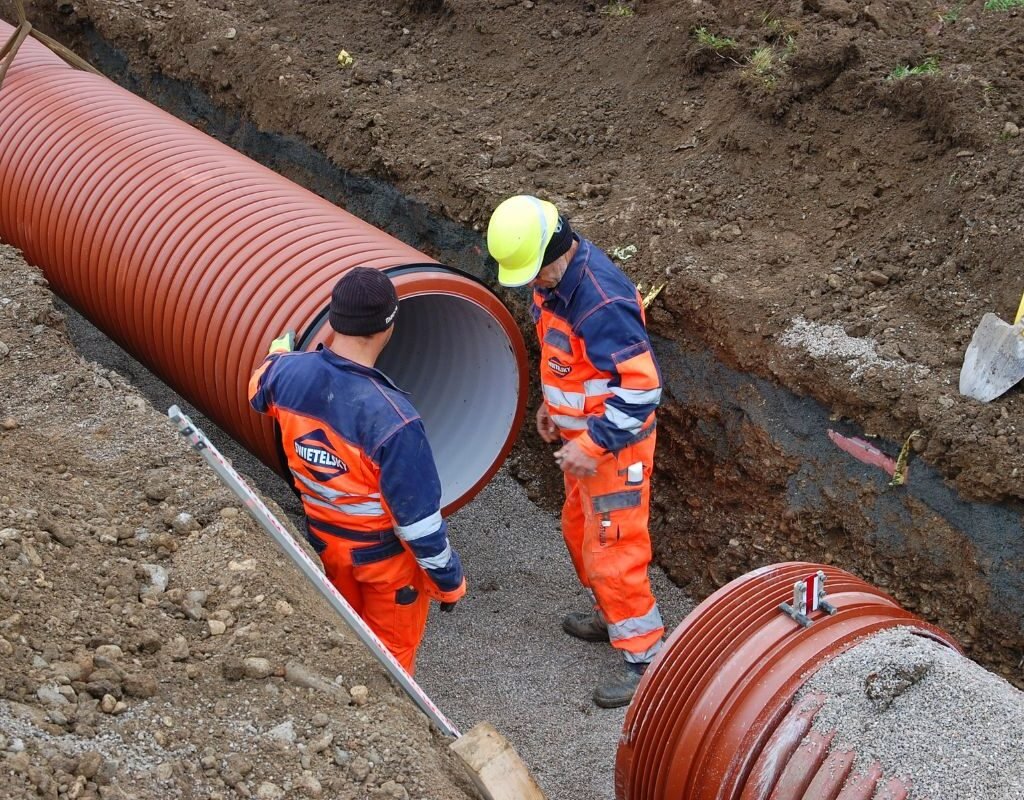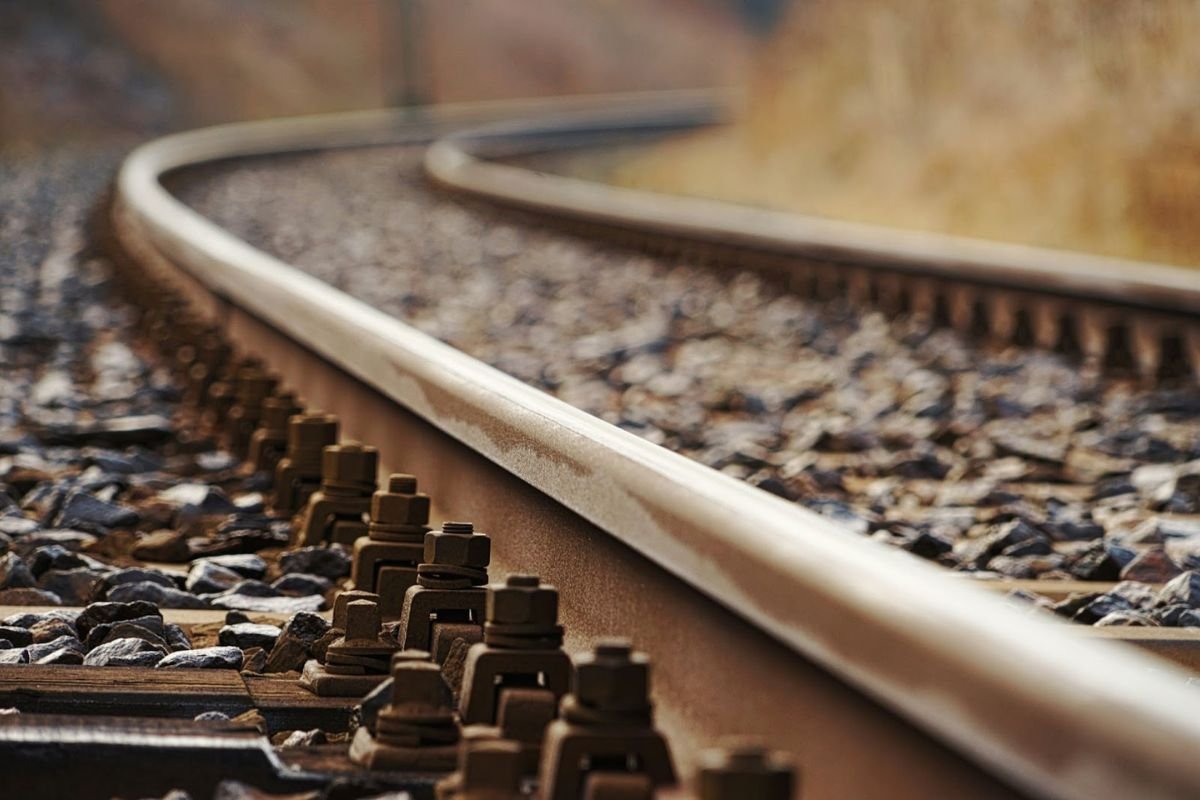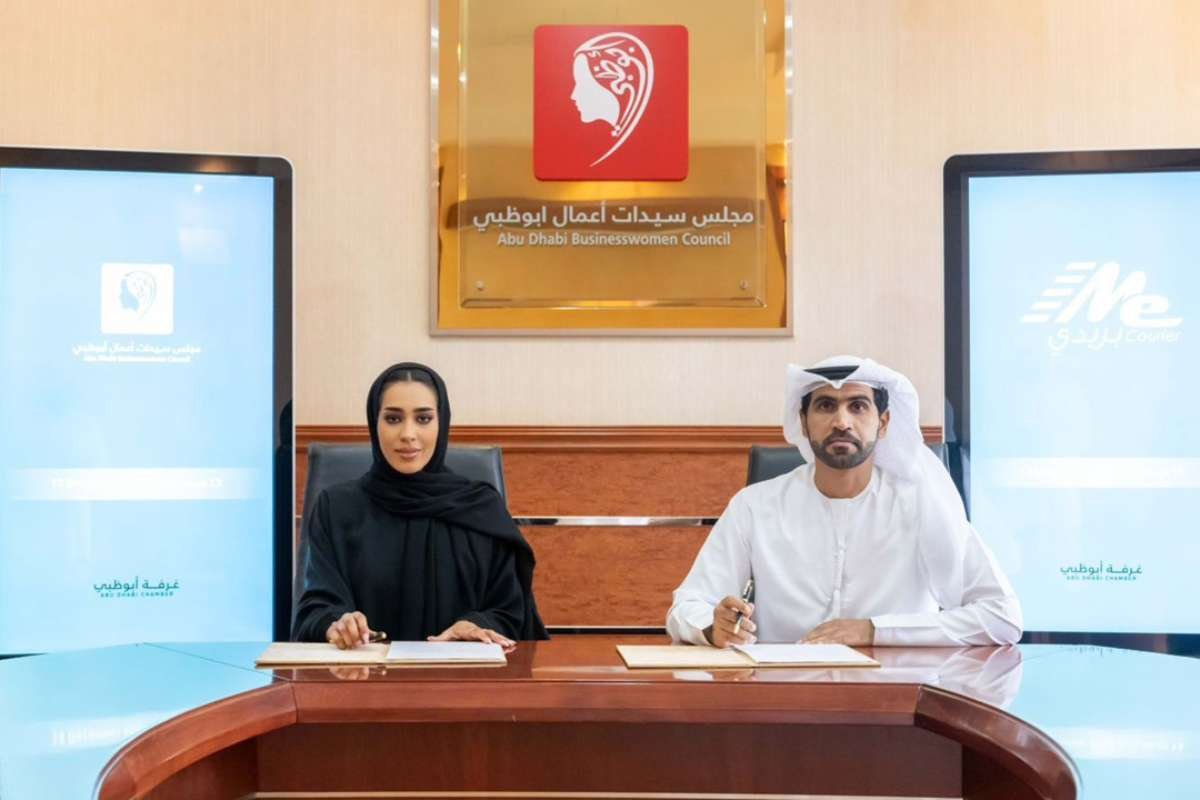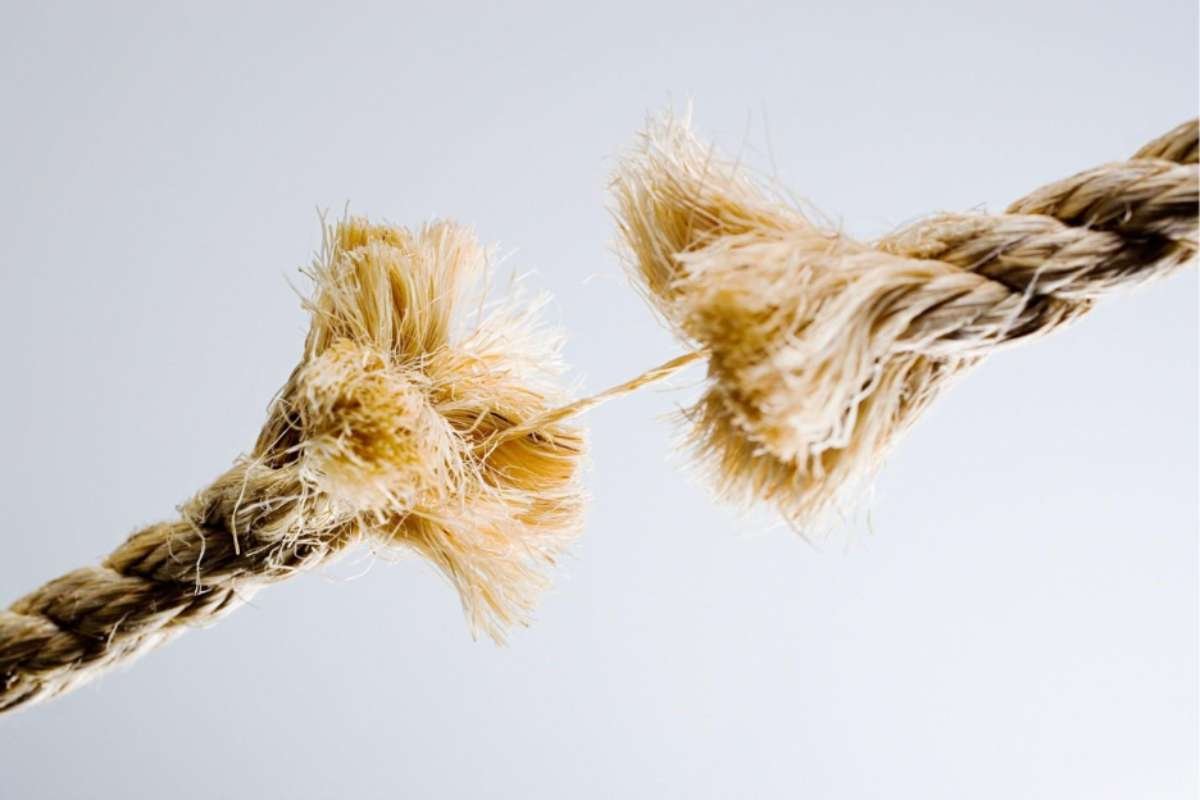Just like any other infrastructure, the railway systems require maintenance and updates as and when required. An effort should also be made to upgrade systems and revolutionize travel through both advanced engineering and technology.
Here are five essential maintenance tips for railway infrastructure, crucial for any organization responsible for railway infrastructure. These tips are useful to know. From predictive maintenance strategies to ensuring proper drainage. Here are five essential tips for the maintenance of railway infrastructure.
1. Conduct regular inspections
It’s always useful to look at establish regular inspections of every railway component. From the tracks, switches, and signals, to the bridges and tunnels. Trained personnel should be actively conducting these inspections so that every preventative effort is made in keeping the drivers and any passengers safe from harm while traveling along the tracks.
Signs of damage that need further fixtures include wear and corrosion. There are also some advanced tools nowadays that can identify hidden issues, like ultrasonic testing or ground-penetrating radar.
2. Ensure proper drainage

One of the most important parts of keeping railways in operation, including that of the trains themselves, is through adequate drainage. Drainage is crucial for preventing water damage to tracks and other infrastructures alike. With proper drainage systems, it prevents the water that falls onto the tracks from accumulating and causing issues like corrosion and track instability.
There are plenty of experts out there who are worth the investment to help ensure proper drainage is being done across the whole length of the tracks.
3. Look at implementing predictive maintenance
Essential maintenance tips for railway infrastructure include investing in technology to boost efficiency. By monitoring component health and performance, changes can be made to the maintenance and how often it’s scheduled, based on the actual needs, rather than fixed intervals.
The chances are, such maintenance that’s fixed might not be needed, or the problem may have been underlying already for some time. Investing in these technologies is helpful because it provides a more proactive approach rather than acting once the problem has already arisen.
4. Maintain track components

Regularly maintaining and replacing components is a good way to help keep the track in good, functioning order.
Replacing components like the ties, rails, and ballast will ensure everything is working as it should and is not posing a danger to anyone or anything. Rail grinding can help to address any wear and tear, so this should also be considered. You might also want to consult a company like Track Tech Inc. if some parts of the railway track need replacing or upgrading.
5. Prioritize worker safety
Worker safety is always something that should be prioritized. It’s important that your staff are knowledgeable of the safety protocols in place, that they receive the right training, and that all workers have the right equipment, including personal fall protection gear.
Regular training on safe operating procedures for maintenance equipment is also handy to have in place.
With these essential maintenance tips for railway infrastructure, you’ll be helping to improve the safety and integrity of the railway system you are responsible for.









